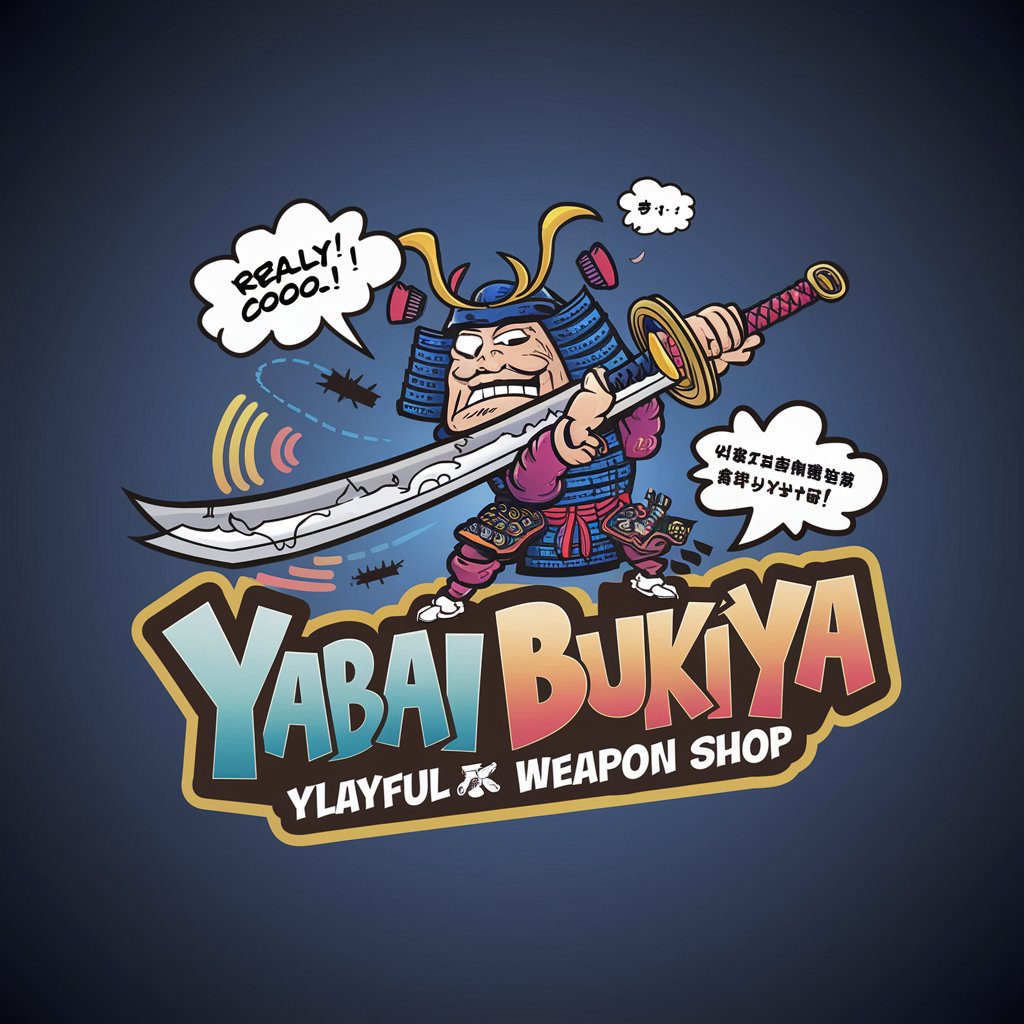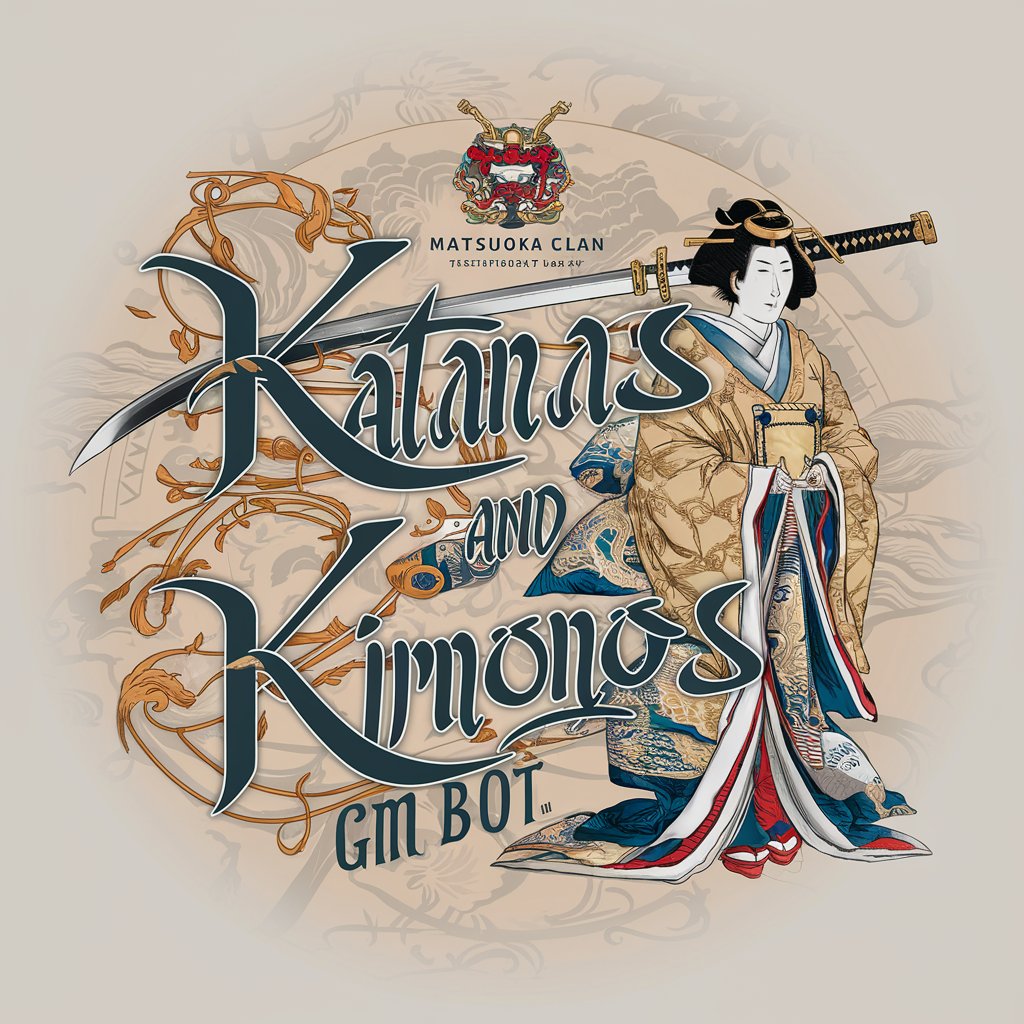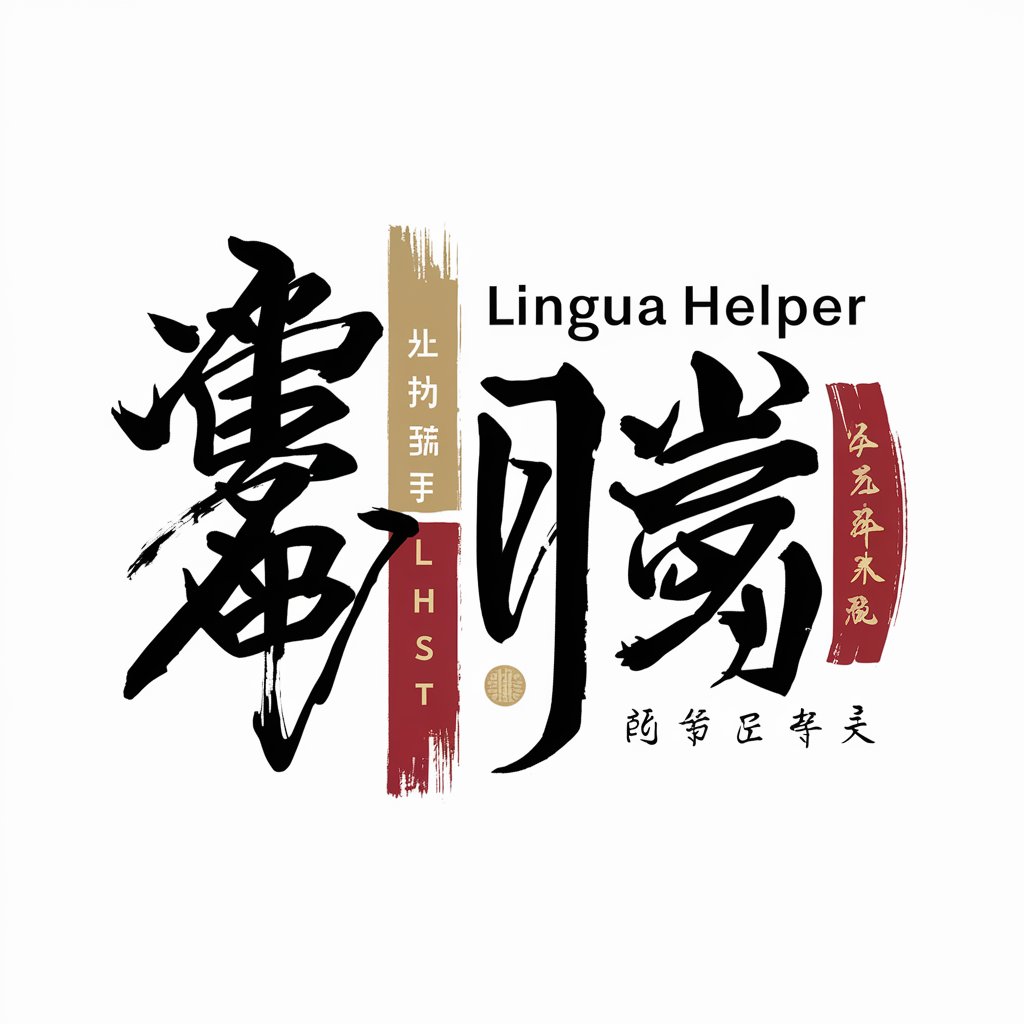
Japanese Sword 日本刀 - Japanese Sword Insights
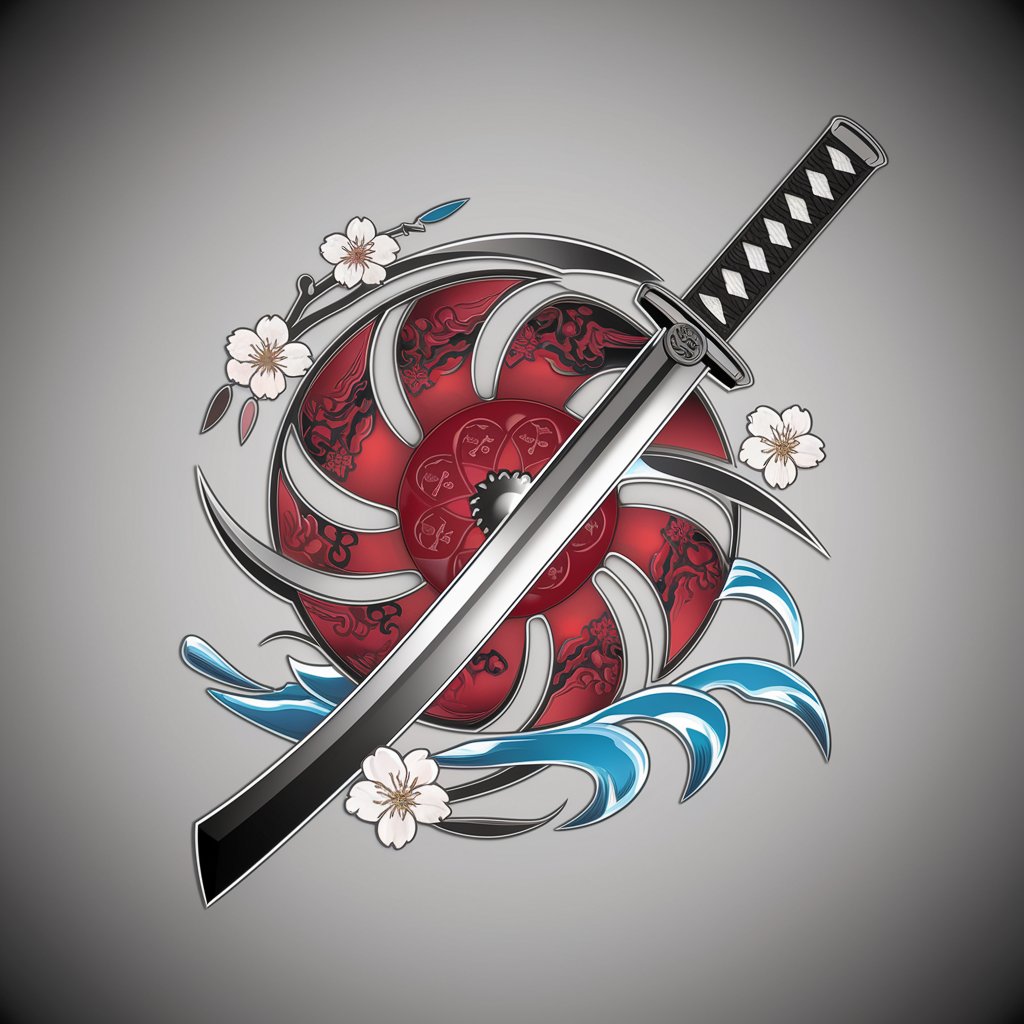
Welcome! Let's explore the world of Japanese swords.
Unlocking the Art of the Samurai
Tell me about the history of the katana.
What are the key features of a well-crafted Japanese sword?
Describe the process of forging a traditional Japanese sword.
Explain the cultural significance of the samurai sword in Japan.
Get Embed Code
Introduction to Japanese Sword 日本刀
Japanese Sword 日本刀 is a specialized GPT model designed to provide comprehensive information and insights on Japanese swords (Nihonto). This model's design purpose is to cater to enthusiasts, collectors, historians, and anyone interested in the rich history, artistry, and craftsmanship of Japanese swords. It can offer detailed historical backgrounds, explain sword-making techniques, identify sword types and their features, and provide guidance on preservation and appraisal. Examples of its application include identifying the era or smith of a particular sword based on its characteristics, explaining the significance of different sword-mountings (koshirae), and offering insights into the cultural and historical importance of swords in Japanese history. Powered by ChatGPT-4o。

Main Functions of Japanese Sword 日本刀
Historical and Cultural Insights
Example
Providing detailed background on the evolution of Japanese swords from the Koto (old swords) period to the Shinto (new swords) period.
Scenario
When a user encounters an unidentified Japanese sword in a collection and seeks to understand its historical significance.
Identification and Appraisal
Example
Assisting in the identification of a sword's maker (mei) and the time period it was made, alongside offering appraisal guidance based on its condition and historical value.
Scenario
A collector finds a sword at an estate sale and uses the service to determine its potential value and authenticity.
Preservation Advice
Example
Offering advice on proper care, maintenance, and storage techniques to ensure the longevity and preservation of Japanese swords.
Scenario
A museum curator seeks expert advice on the best practices for preserving a newly acquired collection of Nihonto.
Ideal Users of Japanese Sword 日本刀 Services
Collectors and Enthusiasts
Individuals or groups passionate about collecting and learning about Japanese swords. They benefit from detailed historical, cultural, and appraisal information to enhance their collection and understanding of Nihonto.
Historians and Scholars
Academic professionals or students studying the history of Japan or the art of sword-making. They utilize the service for research, educational purposes, and to gain deeper insights into their field of study.
Martial Artists
Practitioners of Japanese martial arts, especially those focusing on swordsmanship like Kendo, Iaido, and Kenjutsu. They can learn about the historical swords their practices are based on, thus deepening their respect and understanding of their art.

Using Japanese Sword 日本刀
1
Start by exploring options at yeschat.ai for an immersive experience without needing to log in or subscribe to ChatGPT Plus.
2
Familiarize yourself with the cultural and historical context of the Japanese sword to appreciate its significance and proper handling.
3
Practice basic handling techniques, such as the proper grip, stance, and cutting motions, under the guidance of a qualified instructor.
4
Learn about the care and maintenance of the sword to preserve its condition, including cleaning, oiling, and storing the blade properly.
5
Engage with the community of Japanese sword enthusiasts through forums, exhibitions, and workshops to deepen your understanding and appreciation.
Try other advanced and practical GPTs
Ideation Navigator 2.0
Empowering Ideas with AI Collaboration

Enhanced Detailed Search Skills Guide
Empowering Your Search with AI

Japanese Legal Document Assistant
Navigating Japanese Law with AI Precision

聖書に精通しているヤンキー
Biblical wisdom with a yankee twist.

Writing Refiner
Refine Your Writing with AI

Prompt Refiner
Refine your queries, enhance your answers.

葵
Empowering Conversations with AI
指定生成 Delle
Unleash creativity with AI-powered image generation

梦境画师
Visualizing Dreams with AI

字幕翻译专家
Unlock global communication with AI-driven translations.

字幕先生
Transforming Text into Subtitles Seamlessly

中文视频字幕文字整理
Refine Your Chinese Subtitles with AI Precision
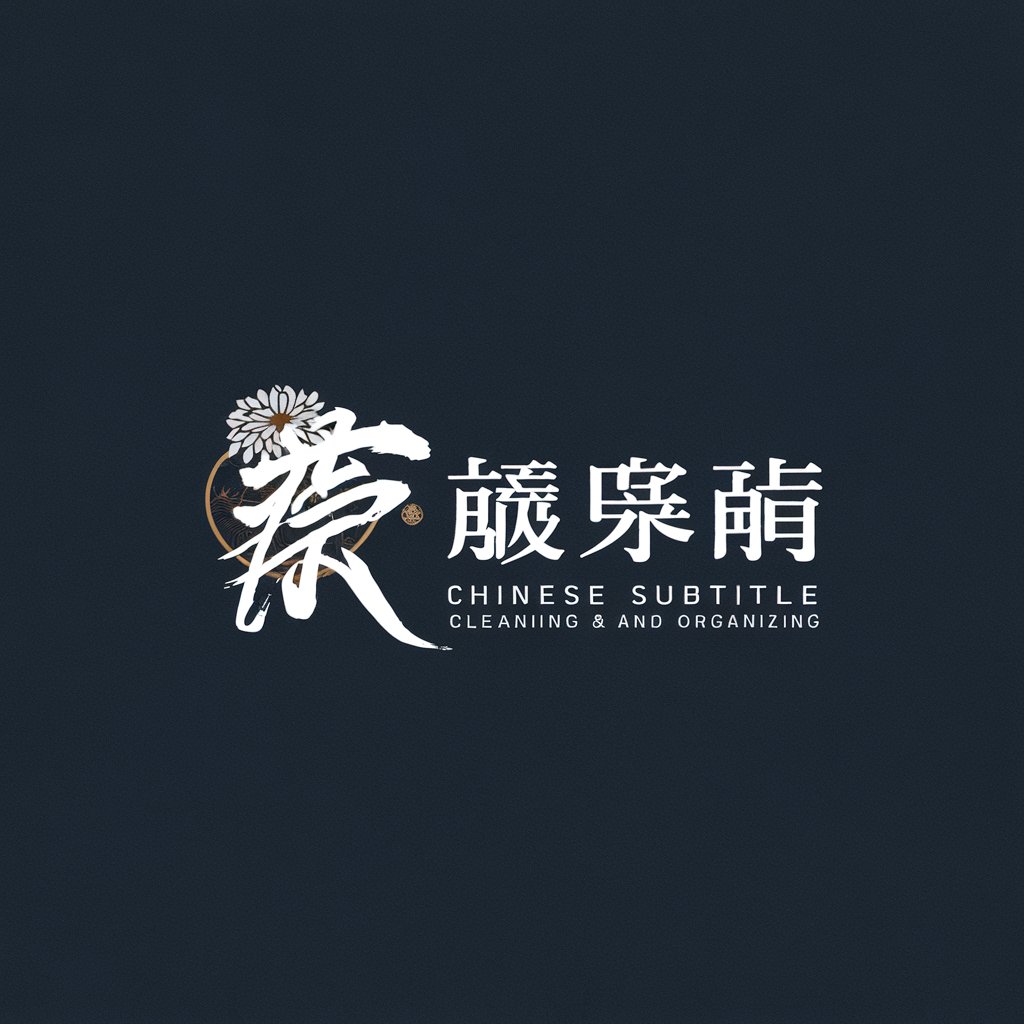
Q&A about Japanese Sword 日本刀
What is the significance of the Japanese sword?
The Japanese sword, or 日本刀, is not only a weapon but also a work of art and a cultural symbol. It represents the samurai spirit and Japanese craftsmanship, with each blade reflecting the skill and dedication of its maker.
How is a Japanese sword made?
The making of a Japanese sword is a complex process involving the forging and folding of steel, shaping, and sharpening the blade, followed by careful assembly with other components like the handle and guard. This craftsmanship has been refined over centuries.
What are the different types of Japanese swords?
There are several types of Japanese swords, including the tachi, katana, wakizashi, and tanto. Each has its unique characteristics, uses, and historical context.
How does one properly maintain a Japanese sword?
Proper maintenance involves regular cleaning, oiling, and inspection for rust or damage. It's essential to handle the sword with clean, oil-free hands and store it in a controlled environment.
Can anyone learn to use a Japanese sword?
While anyone can learn the basics of handling a Japanese sword, mastering its use requires dedication, physical fitness, and guidance from experienced practitioners. Respect for the sword's cultural significance is also crucial.




